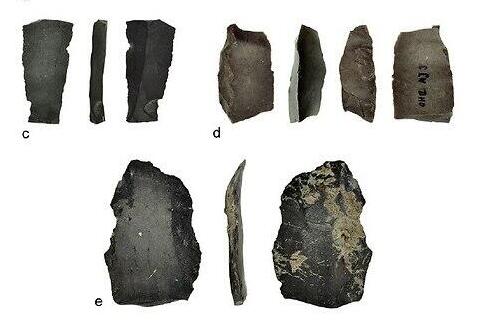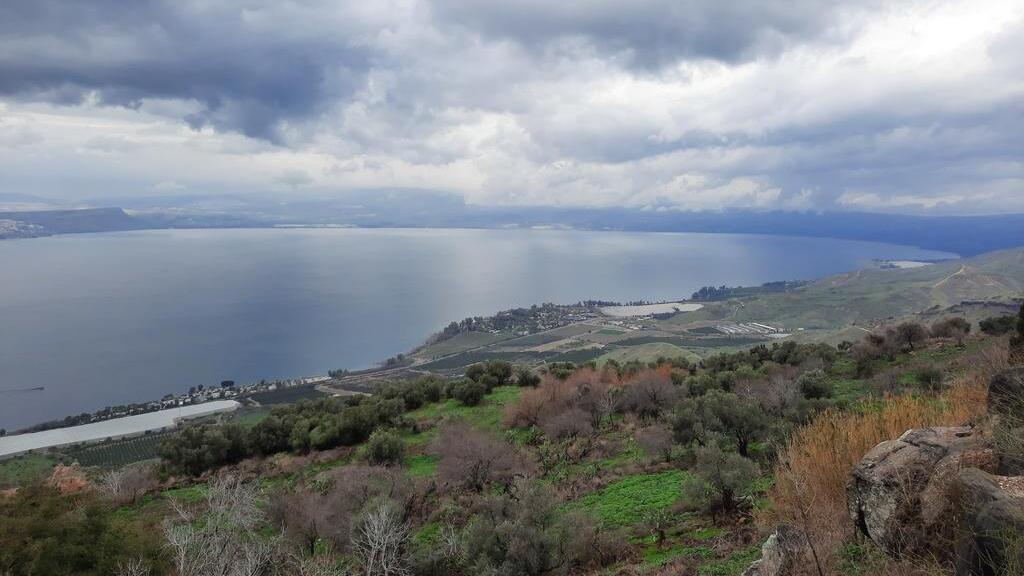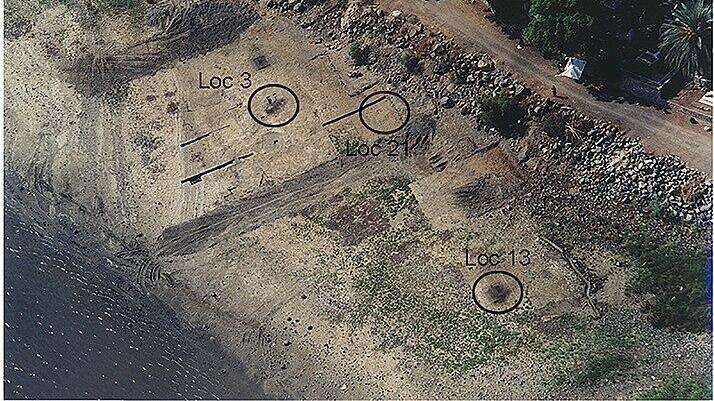Getting your Trinity Audio player ready...
A new research by the Hebrew University of Jerusalem seeks to uncover the mysteries of a previously submerged fisher-hunter-gatherer camp discovered on the shores of the Sea of Galilee, dated from around 23,000 years ago.
Through a close analysis of the site, known as Ohalo II, the team concluded that the camp's dwellers - known to have been survivors of the latest Ice Age (“Last Glacial Maximum”) thanks to previous studies - managed to thrive whereas most of their contemporaries in other parts of the world nearly starved.
The study -- led by University of Jerusalem doctoral student Tikvah Steiner, under the supervision of Professor Rivka Rabinovich and University of Haifa archaeologist Prof. Dani Nadel -- examined the diet and extensive use of animal parts to determine the welfare and lifestyle of these ancient inhabitants.
“Despite their ability to hunt large animals, these inhabitants also hunted a wide range of prey and had tools and time enough to fully exploit animal carcasses down to the marrow,” Steiner explained.
Likewise, “tortoises were seemingly selected for a specific body size, which may suggest that their shells for use as bowls—and not their meat– were the main target. Hare and fox were possibly hunted for their pelts,” she added.
3 View gallery


Some of the instruments found at the Ohalo II site
(Photo: Danny Nadal, Dr. Iris Groman-Yaroslavski)
The current study focused on reptile, bird and mammal remains found in one of the huts during its three consecutive occupations.
Steiner and her colleagues believe that the findings from the site do not indicate a decline in the availability of food during this period but rather a rich diversity of food sources.
Ohalo II was first discovered in 1989 near the southern tip of the modern Sea of Galilee, about 9 km south of Tiberias.
The 2,000 meters site contains the remains of six oval-shaped brush huts, open-air hearths, the grave of an adult male, as well as various installations and refuse heaps. Abundant organic and inorganic materials provide a wealth of information about the lifestyle of fisher-hunter-gatherers during that period.



